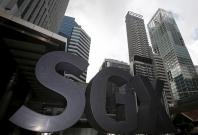 The SGX had the smallest haul of new share sales among the region's four largest stock markets in 2015.
The SGX had the smallest haul of new share sales among the region's four largest stock markets in 2015.
 Southeast Asian economies will post stronger growth in the next two years, led by Indonesia.
Southeast Asian economies will post stronger growth in the next two years, led by Indonesia.
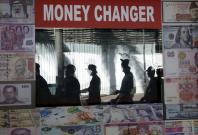 The ringgit has rallied more than 5% this month and the Singapore dollar is the second best with a 3.6% rise from February closing.
The ringgit has rallied more than 5% this month and the Singapore dollar is the second best with a 3.6% rise from February closing.
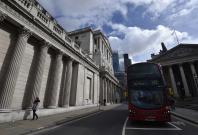 The BoE said it would raise the rate of the capital buffer that it requires financial institutions to have from 0% to 0.5%, effective 29 March 2017.
The BoE said it would raise the rate of the capital buffer that it requires financial institutions to have from 0% to 0.5%, effective 29 March 2017.
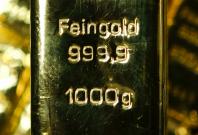 The yellow metal fell to as low as $1207/ounce on Monday, its lowest since 22 February, and at the low, it was down 2.5% on the month.
The yellow metal fell to as low as $1207/ounce on Monday, its lowest since 22 February, and at the low, it was down 2.5% on the month.
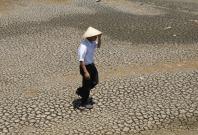 In the first quarter of 2016, the country is estimated to have grown 5.46%, down from the 6.12% growth recorded in the same period last year.
In the first quarter of 2016, the country is estimated to have grown 5.46%, down from the 6.12% growth recorded in the same period last year.
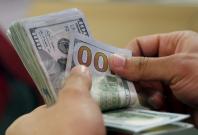 Corporate profits decreased $159.6 billion in the fourth quarter, compared with a decrease of $33.0 billion in the third.
Corporate profits decreased $159.6 billion in the fourth quarter, compared with a decrease of $33.0 billion in the third.
 Heng offered relaxation in the foreign worker levy for struggling marine and process sectors.
Heng offered relaxation in the foreign worker levy for struggling marine and process sectors.
 The BoT held its benchmark one-day bond repurchase rate at 1.5% in a unanimous decision and in line with expectations.
The BoT held its benchmark one-day bond repurchase rate at 1.5% in a unanimous decision and in line with expectations.
 The consumer price index fell 0.8% in February, deeper than the 0.6% fall happened in January.
The consumer price index fell 0.8% in February, deeper than the 0.6% fall happened in January.
 Total trade accounts for 346%, 131% and 130% of GDP in Singapore, Malaysia and Thailand, respectively, Moody's said.
Total trade accounts for 346%, 131% and 130% of GDP in Singapore, Malaysia and Thailand, respectively, Moody's said.
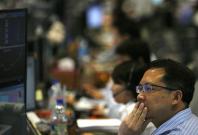 The STI and Nikkei 225 indices ended more than 1% while Malaysian and Indonesian benchmark indices were down 0.2% and 0.35% respectively.
The STI and Nikkei 225 indices ended more than 1% while Malaysian and Indonesian benchmark indices were down 0.2% and 0.35% respectively.
 According to a Bloomberg surrey, the economy is projected to grow at 6.6 percent this year.
According to a Bloomberg surrey, the economy is projected to grow at 6.6 percent this year.
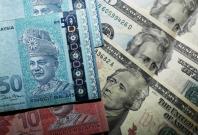 This is despite a broadly weak US dollar and negative economic signals from the island economy.
This is despite a broadly weak US dollar and negative economic signals from the island economy.
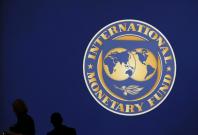 The Fund also highlighted the risk of continued volatility in financial markets owing to the differences in monetary conditions in the world's major economies.
The Fund also highlighted the risk of continued volatility in financial markets owing to the differences in monetary conditions in the world's major economies.















